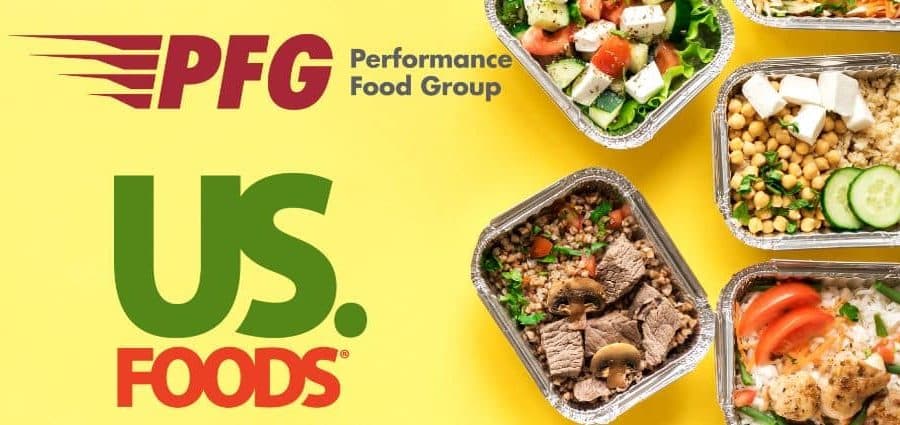Foodservice Giants Walk Away, Merger Talks Between PFG and US Foods End
Performance Food Group and US Foods announce they are ending a structured information sharing process and will not pursue a business combination, citing regulatory concerns and limited synergies. The decision leaves both companies to pursue independent strategies, with US Foods unveiling share repurchase activity tied to its financial program, a move that could reshape investor expectations and industry consolidation dynamics.

Performance Food Group and US Foods said on November 24 that they are mutually terminating a previously announced information sharing process and will not move forward with a potential business combination. The companies said the decision followed a review of regulatory considerations and potential synergies, and that Performance Food Group’s board concluded that executing its standalone strategy offered the best path to long term shareholder value.
The end of talks closes a chapter that had been defined by an earlier clean team information sharing arrangement designed to allow limited exchange of competitively sensitive data while protecting antitrust confidentiality. That structure has become more common as companies explore combinations that attract regulatory scrutiny, but the two distributors ultimately determined the expected benefits did not outweigh the regulatory risks and integration challenges identified in the review.
Both firms reaffirmed their current outlooks, and US Foods announced share repurchase activity tied to its financial program. For investors, buybacks are an immediate signal that management is prioritizing capital return when strategic consolidation is off the table. For US Foods management this may also be a response to earlier activist investor pressure that had pushed for moves to unlock shareholder value. Performance Food Group likewise faces investor scrutiny but will now pursue independent operational initiatives rather than a large scale merger.
The decision has broader implications for consolidation in the foodservice distribution sector. A merger between two of the largest national distributors would have reshaped competitive dynamics, potentially delivering cost savings through scale and route optimization while raising concerns among regulators about reduced competition and higher prices for restaurants and institutional buyers. With this transaction halted, the industry may instead see incremental investments in technology, automation and route efficiency as companies seek margin improvement without the regulatory risk of large scale deals.
Regulatory enforcement is a central part of the calculus. Antitrust agencies have increased scrutiny of horizontal mergers across industries, citing concerns about market concentration and consumer welfare. That heightened enforcement raises the bar for deals that might otherwise produce measurable synergies on paper but face long and uncertain approval processes.
Macroeconomic factors also matter. Foodservice demand has rebounded since pandemic lows but remains sensitive to consumer spending and labor costs. With interest rates higher than in earlier parts of the decade, financing large transactions carries a heavier cost. For firms focused on distribution margins measured in single digits, the combination of regulatory hurdles and financing costs can make standalone investments more attractive.
Analysts will now watch how each company allocates capital. US Foods’ repurchase activity provides a clear near term use of cash. Performance Food Group’s board must demonstrate how its standalone plan will drive growth and efficiency without the scale advantages a combination might have provided. For the industry, the outcome underscores that consolidation is neither inevitable nor easy in an era of active regulatory oversight and vigilant investors.

